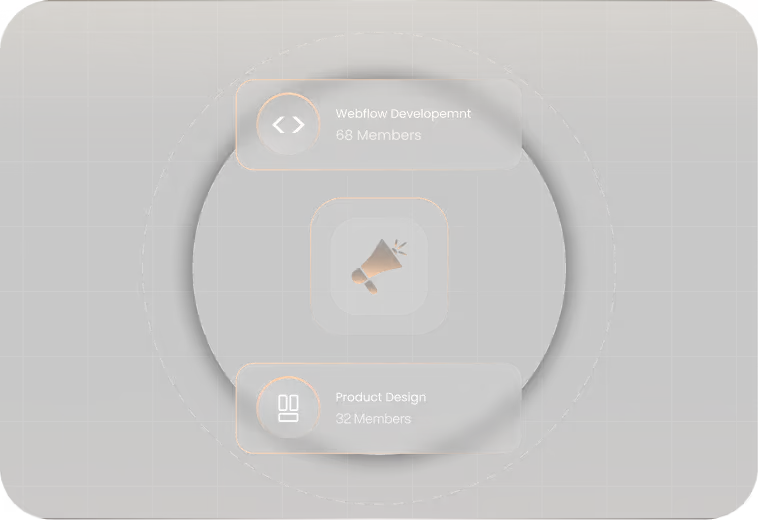
Introduction: Why Collaboration Is Essential for Team Success in Today’s Work Environment
In the dynamic landscape of modern work, collaboration has emerged as a cornerstone for achieving exceptional results. Effective teamwork fosters innovation, enhances productivity, and builds a culture of trust and accountability. In this blog, we will explore the significance of collaboration, the role of technology in streamlining workflows, and actionable insights for cultivating a collaborative environment.
What Is Collaboration in the Workplace?
Collaboration in the workplace involves the active engagement of team members from diverse backgrounds and expertise working toward shared goals. It goes beyond merely sharing information—it’s about leveraging individual strengths, brainstorming collectively, and creating synergies to drive impactful results.
Key elements of effective collaboration include:
- Clear communication: Ensuring every team member understands goals, expectations, and their role in the process.
- Shared responsibility: Promoting accountability and ownership among team members.
- Mutual respect: Building trust and fostering an inclusive culture where ideas are valued.
The Role of Technology in Streamlining Teamwork
The integration of technology has revolutionized the way teams collaborate. From real-time communication tools to project management platforms, technology eliminates barriers, enabling seamless interaction regardless of geographical locations.
Popular tools that enhance team collaboration include:
- TaskFlow: Automates workflows and provides AI-driven insights.
- Slack and Microsoft Teams: Facilitate instant communication and file sharing.
- Google Workspace: Offers collaborative documents, spreadsheets, and presentations.
Technology empowers teams to focus on high-value tasks by reducing administrative burdens and providing real-time updates on project progress.
Breaking Down Silos: Encouraging Cross-Department Collaboration
One of the most significant barriers to collaboration is departmental silos, where teams operate in isolation, limiting innovation and productivity. Breaking these silos requires intentional efforts to promote transparency and communication across departments.
Strategies to encourage cross-department collaboration:
- Host regular interdepartmental meetings to align goals and share updates.
- Use collaborative platforms that provide a shared view of projects and tasks.
- Create cross-functional teams for projects to encourage diverse perspectives.
How Collaboration Enhances Productivity and Innovation
Collaboration is more than just teamwork; it is the backbone of creativity and efficiency in today’s fast-paced and competitive work environments. When individuals from diverse backgrounds and skill sets come together, they bring unique perspectives and ideas to the table. This diversity often results in innovative solutions and improved processes that a single individual might not have considered.
In collaborative settings, productivity surges because team members can share responsibilities, streamline workflows, and focus on their strengths. By dividing tasks effectively, teams can accomplish goals faster and more efficiently. Moreover, open communication within a team ensures that everyone remains aligned, reducing redundancy and improving task management.
The Link Between Collaboration and Team Morale
Collaboration not only boosts productivity but also enhances team morale. When employees feel heard and their contributions are valued, they are more likely to stay motivated and committed.
Ways collaboration improves morale:
- Empowerment: Giving team members a voice fosters a sense of ownership.
- Recognition: Celebrating collaborative wins builds confidence.
- Support: Teamwork creates a supportive environment, reducing stress.
How TaskFlow Enhances Collaboration in Project Management
TaskFlow is designed to simplify collaboration and enhance project efficiency. Its AI-driven features ensure teams focus on high-priority tasks while automating routine processes like updates and reporting.
TaskFlow’s collaboration benefits:
- Provides visual project tracking (Kanban, boards, and cards) for clarity.
- Automates repetitive tasks, freeing up time for strategic work.
- Generates real-time insights, enabling data-driven decisions.
By integrating TaskFlow into your workflows, your team can unlock its full potential and achieve exceptional results.





